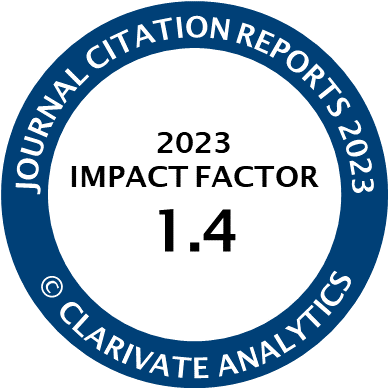Article | Open Access
International Human Trafficking: Measuring Clandestinity by the Structural Equation Approach
| Views: | 3851 | | | Downloads: | 2499 |
Abstract: Worldwide human trafficking is the third most often registered international criminal activity, ranked only after drug and weapon trafficking. This article focusses on three questions: 1) How can human trafficking be measured? 2) What are the causes and indicators of this criminal activity which exploits individuals? 3) Which countries observe a high (or low) level of human trafficking inflow? We apply the Multiple Indicators Multiple Causes structural equation model to measure human trafficking inflows in a way which includes all potential causes and indicators in one estimation model. The human trafficking measurement focusses on international human trafficking. We use freely available existing data and thus generate an objective measure of the extent of trafficking. Countries are ranked according to their potential to be a destination country based on various characteristics of the trafficking process.
Keywords: human trafficking; international crime; latent variable; measurement; Multiple Indicators and Multiple Causes model; structural equation model
Published:
© Alexandra Rudolph, Friedrich Schneider. This is an open access article distributed under the terms of the Creative Commons Attribution 4.0 license (http://creativecommons.org/licenses/by/4.0), which permits any use, distribution, and reproduction of the work without further permission provided the original author(s) and source are credited.




